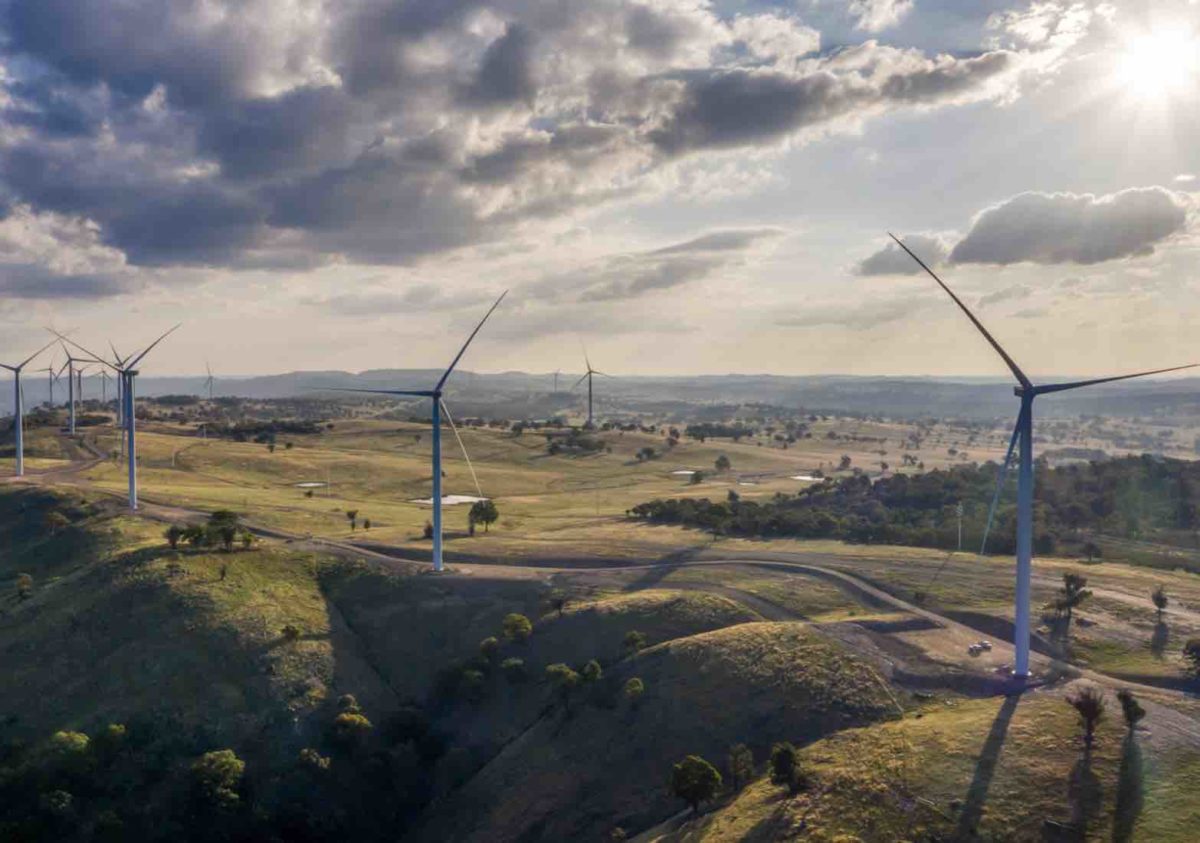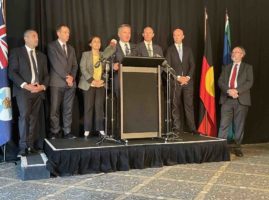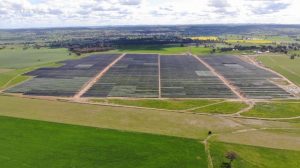Leading investors in Australia’s clean energy sector have pitched a set of energy market reforms to establish a “transmission queue” for renewables projects accessing the grid, to mitigate the impacts of network congestion.
The proposal has been put forward by the Clean Energy Investor Group (CEIG), which represents some of Australia’s largest independent investors and developers of renewable energy projects.
The group’s CEO, Simon Corbell, said that establishing certainty in expected revenues generated by new projects was key to maintaining confidence amongst investors, and this required the introduction of new reforms to actively manage how projects accessed the grid.
“A key factor for investors when considering whether to invest in a clean energy project is the relative certainty of future revenue streams associated with the project over the life of the proposed asset,” Corbell said.
“The higher revenue certainty investors will gain from our reform will reduce the risks clean energy projects currently face in the Australian market, lowering the cost of capital and overall costs for consumers.”
On Friday, the CEIG submitted its proposal for grid access reform to the Energy Security Board. The group proposes to establish a “transmission queue” for electricity generators, which would guide how and when generators projects can send power into congested parts of the grid.
In its submission, the CEIG said the transmission queue arrangement would prioritise projects on a ‘first come, first served’ basis and would allow new project developers to understand the capacity of the network to accept generation – and whether a new project will be guaranteed access – before an investment decision is made.
“We propose introducing a transmission queue that will result in moving away from Australia’s extreme version of open access to protect incumbency rights of generators by creating a dispatch queue in times of transmission constraints that will provide a firm and stable access right to local transmission capacity,” the CIEG’s submission says.
“The queue will protect incumbents’ dispatch rights by curtailing new entrants that locate in areas that do not have spare transmission capacity before curtailing incumbents.
“Thus, the queue will encourage investors to build generation capacity in locations that either a) will not have a negative impact on congestion or b) where they are willing to accept that their higher number in the queue means that they will be constrained off during periods of high generation by generators with a lower number in the transmission queue.
“Places in the queue will be assigned based on existing incumbency, first-come, first-serve when there is spare transmission capacity, and through auctions when multiple investors are interested in the same existing or planned transmission capacity.”
This arrangement, the group says, would provide a “long-term” market signal to new projects about network capacity that would allow the location of new wind, solar, and storage projects to be optimised without creating undue risks for investors.
The alternative plan is in response to a proposal being considered by the Energy Security Board that would impose added costs on new renewable energy projects that happen to be constructed in areas where the grid faces congestion challenges.
The Energy Security Board’s “congestion management model” proposal has been criticised by clean energy developers for potentially punishing new projects for network challenges they did not cause and for pushing the costs burden onto new projects at a time when new zero emissions capacity is desperately needed.
The congestion management model would provide rebates to incumbent generators and new projects fortunate enough to be selected to participate in Renewable Energy Zones being created by state governments but would effectively punish any new projects being built outside those zones.
Corbell acknowledged that the current “open access” regime for managing the connection of renewable energy projects to the grid – which has seen parts of the network become congested when multiple wind and solar projects have been clustered within the same geographical region – had become untenable.
But Corbell added that he did not think the model being considered by the Energy Security Board would provide a suitable solution.
“The current open access regime is not fit for the future NEM as it does not provide sufficient long-term revenue certainty,” Corbell said.
“The Clean Energy Investor Group’s grid access reform addresses these issues by sending a stronger locational signal to generators and by providing better information on their risk of being curtailed.
“The reform also proposes that a generator can fund transmission investment to improve their dispatch position, where there is no existing or planned transmission capacity available.”










